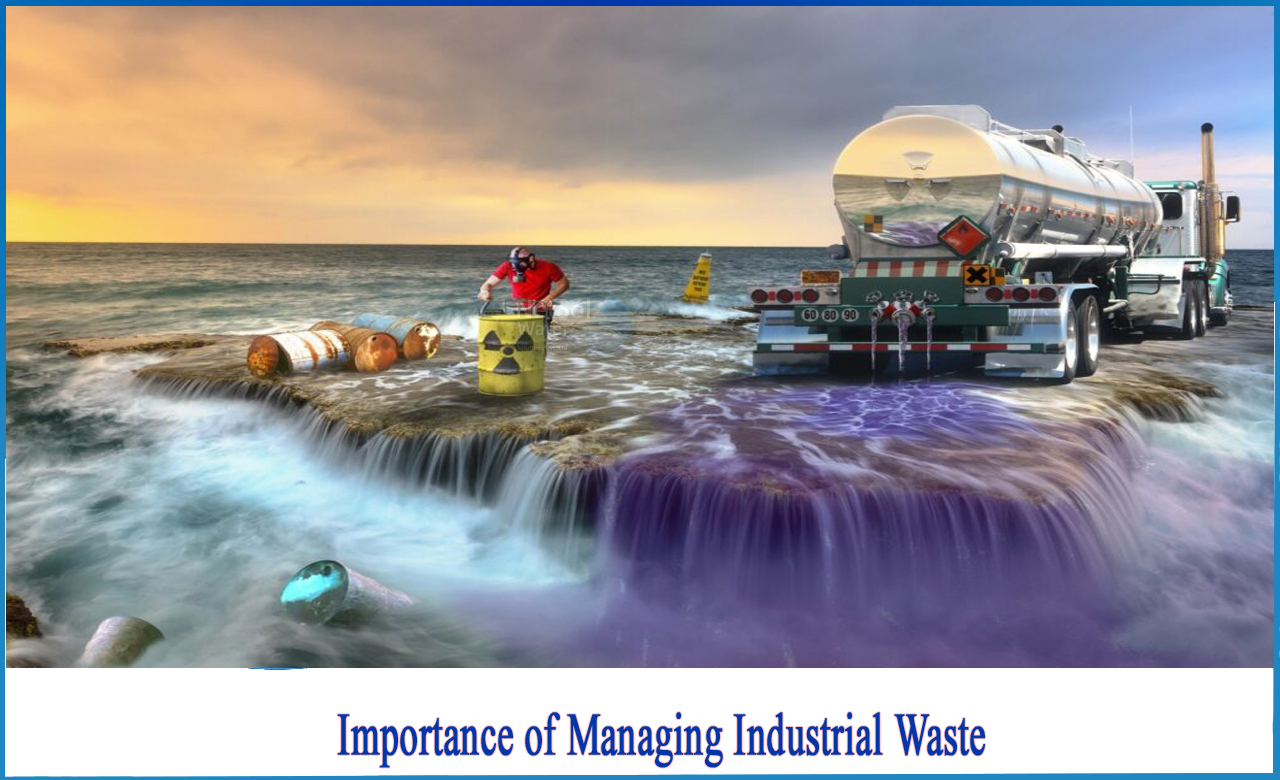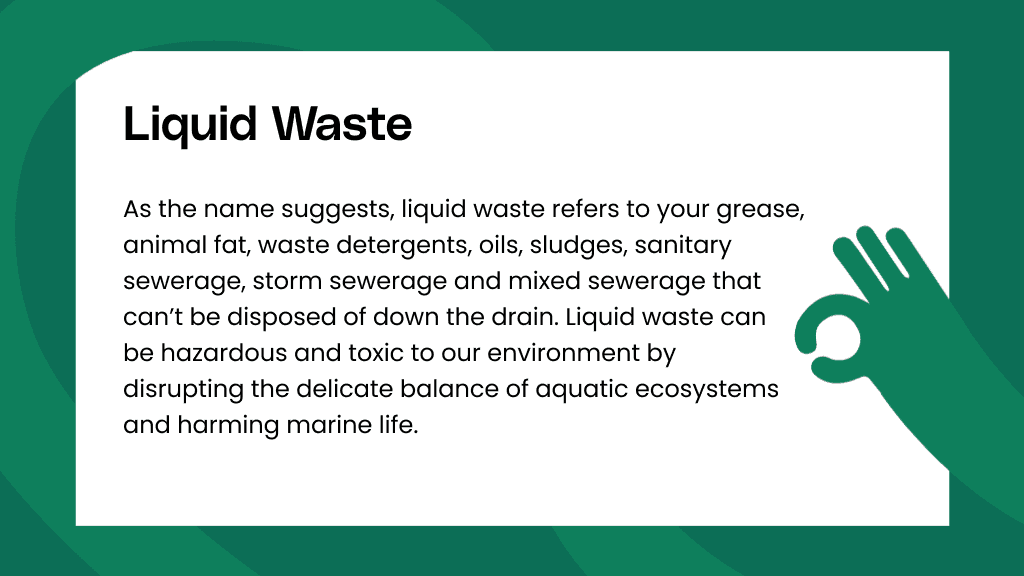Things about Reclaim Waste
Things about Reclaim Waste
Blog Article
10 Easy Facts About Reclaim Waste Shown
Table of ContentsThe Best Guide To Reclaim WasteThe Facts About Reclaim Waste UncoveredReclaim Waste Can Be Fun For EveryoneThe Facts About Reclaim Waste RevealedThe Of Reclaim Waste
Residential sewage waste refers to the waste and products from a residential septic tank. The appropriate management and disposal of residential sewage waste require liquid waste to be transferred to a sewage therapy plant where the proper approaches and tools are used to purify and dispose of waste.
Business waste frequently consists of possible threats, such as flammable products or a combination of liquid and strong waste products, and needs an advanced and comprehensive disposal process. The disposal of industrial waste typically entails the purification of waste before transportation to guarantee safe and correct disposal. Hazardous waste is created from results and drainage of industrial processes and manufacturing.
This kind of waste can not make use of the exact same sewage administration transport or procedures as septic or industrial liquids. The hazardous waste management procedure needs the inspection and testing of liquid waste prior to it undergoes the disposal process (liquid waste removal melbourne). Runoff waste is the fluid waste that comes from runoff and excess stormwater in highly inhabited areas or cities
Runoff waste can cause contamination and flooding if not handled properly. Guaranteeing correct waste management can prevent catastrophes and lower ecological damage.
Reclaim Waste - The Facts
Contact PROS Services today to learn more about our waste administration and disposal services and the proper methods to take care of the liquid waste you produce.
(https://reclaimwaste1.bandcamp.com/album/reclaim-waste)Do you recognize what happens to your water when you disengage, purge the toilet or drain pipes the washing device? No? Well, it deserves understanding. This supposed 'wastewater' is not only a crucial resource but, after treatment, will be released to our land, rivers or the ocean. Utilized water from commodes, showers, baths, kitchen area sinks, washings and commercial processes is called wastewater.

water used to cool machinery or clean plant and devices). Stormwater, a kind of wastewater, is drainage that moves from farming and city locations such as roofings, parks, gardens, roads, paths and gutters into stormwater drains pipes, after rain. Stormwater moves neglected straight to local creeks or rivers, at some point getting to the ocean.
More About Reclaim Waste
In Queensland, the majority of wastewater is dealt with at sewer treatment plants. Wastewater is carried from domestic or commercial sites via a system of sewers and pump terminals, known as sewerage reticulation, to a sewage treatment plant.
The Division of Natural Resources encourages city governments about handling, operating and keeping sewerage systems and therapy plants. In unsewered locations, regional federal governments may require owners to install private or home sewer therapy systems to treat residential wastewater from bathrooms, cooking areas, restrooms and washings. The Department of Natural Resources authorizes using household systems when they are verified to be effective.
Most stormwater gets no treatment. In some brand-new neighborhoods, therapy of some stormwater to remove clutter, sand and gravel has actually started making use of gross toxin catches. Wastewater treatment happens in four phases: Removes solid matter. Larger solids, you can look here such as plastics and other things incorrectly discharged to sewage systems, are eliminated when wastewater is gone through displays.
Uses tiny living microorganisms understands as micro-organisms to break down and remove staying dissolved wastes and great bits. Micro-organisms and wastes are incorporated in the sludge.
7 Simple Techniques For Reclaim Waste
Nutrient elimination is not available in any way sewage therapy plants because it requires expensive specialized devices. It is coming to be much more common in Queensland. Clear liquid effluent generated after therapy may still consist of disease-causing micro-organisms. If this effluent is released into rivers such as rivers or the sea, the micro-organisms will at some point pass away out.

This generally indicates wastewater has actually to be dealt with or impurities removed prior to it can be discharged to rivers. A lot of wastewater streams right into the sewerage system. Under the Act, neighborhood federal governments administer authorizations and permits for environmentally relevant activities (Periods) entailing wastewater launches that could have a neighborhood influence. The department provides authorizations and licences to Periods including wastewater releases that could have a regional or statewide influence.
What Does Reclaim Waste Do?
Or else, samples are taken for research laboratory evaluation. Frequently numerous tests are required to develop the degrees of each of the various toxins such as oils, heavy metals and pesticides in water. Tracking provides accurate info regarding water high quality and can confirm that permit problems are being fulfilled. The details obtained with surveillance offers the basis for making water high quality choices.
Report this page